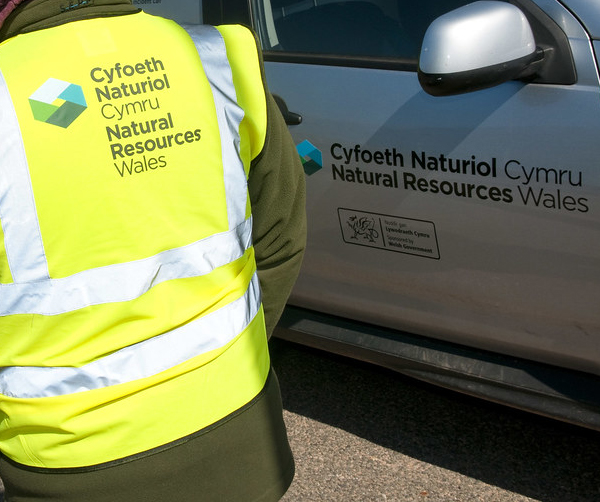
There will be a great deal of interest in the work and effectiveness of the new Natural Resources Wales team.
Thursday 18th January, 2024
Natural Resources Wales has announced the establishment of a new Welsh Government-funded team of officers to reduce agricultural pollution in Wales. The officers will be inspecting over 800 farms in 2024, assessing their compliance with Welsh Government’s Control of Agricultural Pollution Regulations (CoAPR).
Afonydd Cymru welcomes strengthening regulation in the agricultural sector. This is something we have called for publicly since well before the inaugural First Minister’s summit on river phosphorus levels in July 2022.
However, we also expect appropriate actions to be taken where regulatory failure is found. Natural Resources Wales should not be hesitant to take out prosecutions for repeated or serious pollution offences.
At a Welsh Affairs Committee evidence session in Westminster last November, Natural Resources Wales Chief Executive, Clare Pillman, reiterated the organisation’s views on prosecutions, saying “I think that going to court is in a way, the point at which regulation has failed.” If rivers are to improve in Wales, Afonydd Cymru believes that the regulator should instead consider the occurrence of pollution to be the point of failure.
In addition to farm inspections, it will also be interesting to see how the new team will monitor nutrient management and the spreading of manures to land. In October last year, Welsh Government announced a controversial decision to introduce a self-reporting scheme for the application of higher levels nitrogen on land, rather than a licence. Wales Environment Link will be asking Natural Resources Wales how the new team will monitor and ensure compliance with what is called the Enhanced Nutrient Management Approach.
There will be much interest in and scrutiny of the work and effectiveness of the new Natural Resources team in the coming year. In the meantime, this is at least a potential step in the right direction for Welsh rivers and the wider environment.
More Information:
